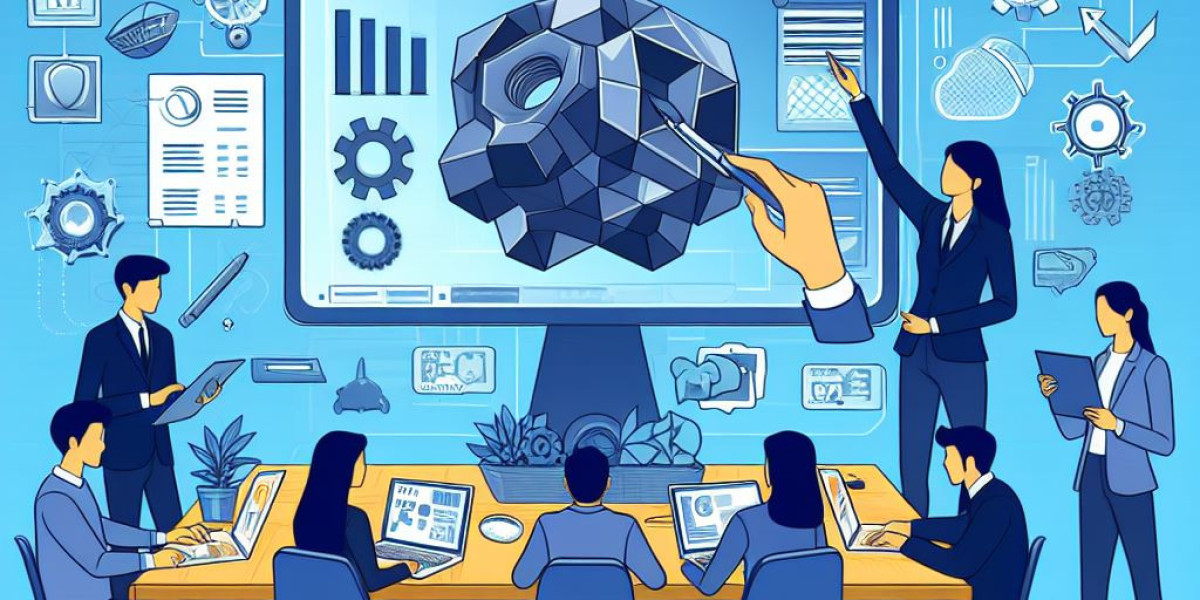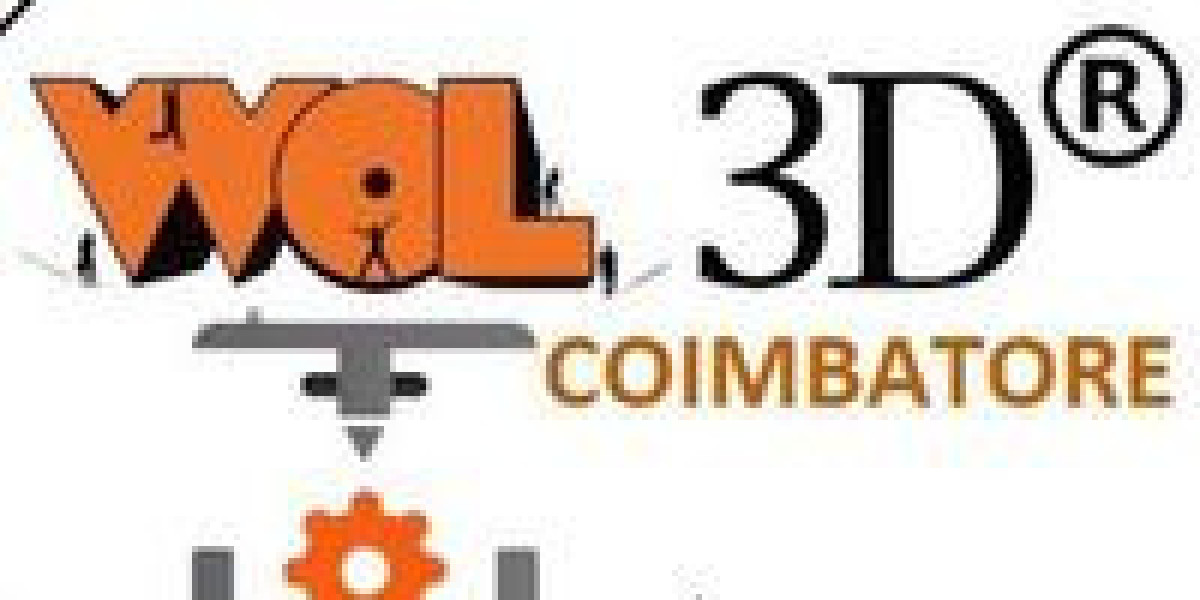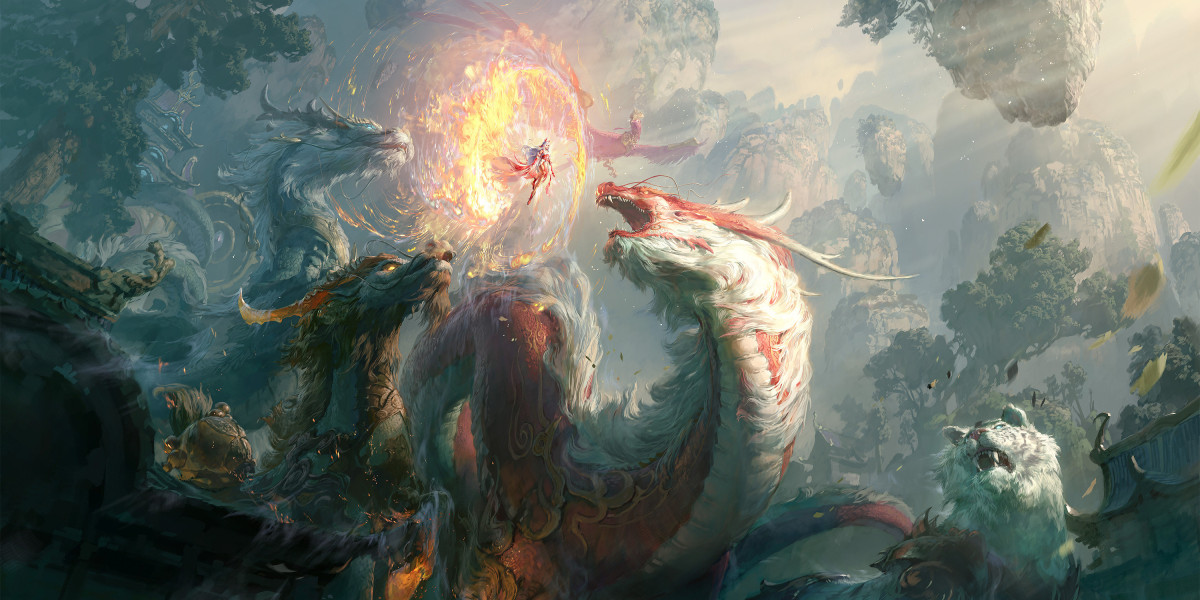In the dynamic world of 3D modeling, staying updated with the latest trends is crucial for students striving for excellence in their assignments. As technology evolves, so do the techniques and tools used in this field. In this blog post, we'll explore some of the most cutting-edge developments shaping the landscape of 3D modeling today.
The demand for Best 3D Modeling Assignment Help Online is at an all-time high as students seek assistance in mastering the intricacies of this fascinating discipline. Whether it's creating lifelike characters for animation, designing architectural models, or crafting virtual prototypes for product development, the need for proficient 3D modelers continues to soar.
One of the most notable trends in 3D modeling is the rise of virtual and augmented reality (VR/AR). With VR headsets becoming more accessible and AR applications proliferating, there's an increasing demand for immersive 3D content. Students are exploring ways to leverage these technologies to create interactive experiences that blur the lines between the digital and physical worlds.
Another trend gaining traction is the use of generative design algorithms. By harnessing the power of artificial intelligence and machine learning, designers can now explore countless design iterations in a fraction of the time it would take manually. This allows for more creative experimentation and optimization, resulting in innovative solutions across various industries.
Furthermore, parametric modeling is revolutionizing the way complex geometries are created and manipulated. By defining relationships between different parameters, designers can easily modify designs and explore alternative iterations without starting from scratch. This flexibility is invaluable in iterative design processes, where rapid prototyping and refinement are key.
The integration of 3D printing technologies into the design workflow is also reshaping the industry. Students are increasingly experimenting with additive manufacturing techniques to bring their digital creations into the physical realm. From rapid prototyping to custom manufacturing, 3D printing offers unprecedented opportunities for innovation and creativity.
Moreover, real-time rendering engines are empowering artists to create stunning visualizations with unprecedented realism. With the ability to simulate complex lighting and materials in real-time, students can iterate on their designs more efficiently and produce high-quality renderings that rival traditional offline rendering methods.
In addition to technical skills, collaboration and interdisciplinary teamwork are becoming increasingly important in the field of 3D modeling. Students are encouraged to collaborate with peers from different disciplines, such as animation, game design, and engineering, to gain new perspectives and insights. This cross-pollination of ideas fosters creativity and innovation, leading to breakthroughs that wouldn't be possible in isolation.
As the industry continues to evolve, staying updated with the latest software and tools is essential for aspiring 3D modelers. Whether it's mastering industry-standard software like Autodesk Maya and Blender or exploring emerging platforms like Unreal Engine and Substance Designer, students must continuously invest in their skills to remain competitive in the job market.
In conclusion, the world of 3D modeling is as dynamic and exciting as ever, with new trends and technologies reshaping the way we create and interact with digital content. By staying informed and embracing innovation, students can unlock new opportunities and unleash their creative potential in this ever-evolving field.








